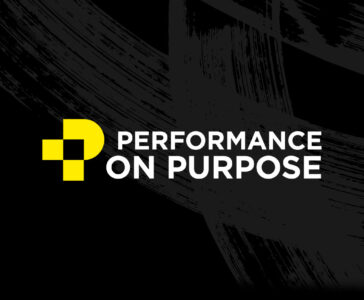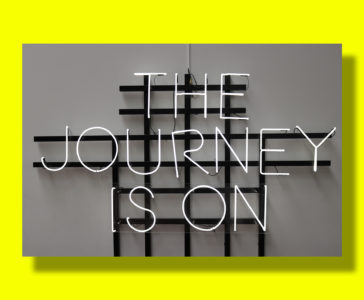At reSET’s recent workshop, Understanding Business Media, one thing came clear: Working with the media is a partnership.
Greg Bordonaro, editor of the Hartford Business Journal and Sujata Srinivasan, journalist and regular contributor to WNPR, The Hartford Courant and HBJ, hosted a vibrant workshop led by PR strategist, Jason Simms. Each spoke about how to bring stories to the media so they get published, and attendees shared their story ideas and received real-time feedback from the experts.
Here is what I gleaned from the workshop: If you want the best chance of success getting your story covered in the media, these five key points stood out as essential:
- Media is a business: Media outlets are a business that generates revenue by attracting a specific audience. It pays to learn about the media outlet you are interested in, look at the types of stories they publish, the audience they focus on and tailor your story appropriately [ask yourself “if this is their audience, why would they care about my story?”]
- Localize national trends: Local media outlets are very interested in how they can spotlight examples of national or regional trends happening within their community. If there is something happening nationally or regionally that is germane to your story, make the connection clear [example, if you are a hard cider maker, connect your story to the microbrew trend]
- Package it up: If media is a business, the better they can showcase a story, the better chance you have of getting published. Include photography or videos that will make your story, and that media outlet look great [always have a photographer or videographer at your events]
- Numbers matter: The media loves evidence, studies and proof. Making a claim in your story? Back it up with numbers to prove it. [find and link to studies that support your story]
- Don’t forget you’re human: Stories are what help us humans understand and bring context to what’s happening in the world. The more authentically human you can be the better. [talk about the struggle and the success – remember Rocky?]
I had the chance to share something we were doing that I felt could have some potential as a story. We are conducting an experimental workshop where a team from an architecture firm is going to spend a day learning about continuous improvement from a manufacturer. And then the innovation team from that same manufacturer is going to spend a day with the architecture firm learning about creativity and innovation. The idea is that the challenges various industries are facing require new ways of thinking, so why not take two industries that couldn’t be more different and see what they can learn from each other.
The reaction from all three about this story was very enthusiastic. In relation to the 5 points above, here are the reasons why they thought there was a good chance it would get covered in the media:
- It is a perfect fit story for the HBJ and the Courant’s marketplace section because it is about two businesses looking for new ways to overcome challenges
- Globally, innovation, eliminating waste and cutting costs are the focus of almost every business. Showing that two business in Connecticut are taking on this challenge is very compelling
- The workshop will be photographed and captured on video so there will be plenty of great imagery to support the story
- It is well documented how manufacturers tend to struggle with innovation and how the design industry struggles with efficiency
- We have no idea how this will go! It could be a complete failure, just ok, or outstanding. We’re doing it anyway and that kind of vulnerability is all about being human.
Successful media relations are just that, relationships, and the most successful relationship you can have with the media is a partnership, one where both parties are successful as a result of it. Next time you have a story to share with the media, ask yourself, “how will this story make this media outlet successful?”
About Brent
Brent works with leaders to design futures worth fighting for. A partner at Fathom, he champions an approach to strategic planning, employee engagement, leadership succession and market differentiation that prioritizes people and relationships. As a result, his clients don’t simply plan their futures, they bring them to life through the energy of organization-wide involvement in, and commitment to, generating valuable businesses that matter.
Want more from Fathom?
Sign up to receive updates about our articles.


